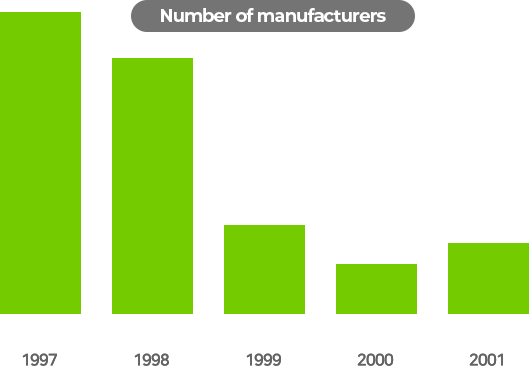information

- Home
- ENVIRONMENT INFO
- Food Waste Management&Treatent
Food waste status
Food Waste Disposer Market Status and Prospect
Recently, as the garbage catastrophe occurred, such as mass-rate garbage mixed with food waste was being returned, interest in food waste from homes as well as local governments is increasing greatly.
Meanwhile, most of the domestic food waste disposal market has been developed and marketed by small and medium-sized companies for several years, but it has not been highlighted by consumers due to brand recognition, insufficient product performance, and A/S issues.
However, with the 2005 environmental policy prohibiting direct landfilling of food waste, mid-sized companies saw the potential for market development and used their strengths in sales and distribution rather than product development.It is produced by OEM method with existing small and medium-sized food waste disposal companies, and is being branded and marketed using its own trademark method.
Before the ban on direct landfilling of food waste was enforced, the market for food waste treatment equipment reached 30 billion won, and in 2005, it grew nearly three times to 100 billion won.In 2006 and 2007, the market is expected to be formed in earnest, and the food waste disposer market is expected to enter a period of growth and maturity. 2009 was close to 1 trillion won.
However, with the 2005 environmental policy prohibiting direct landfilling of food waste, mid-sized companies saw the potential for market development and used their strengths in sales and distribution rather than product development.It is produced by OEM method with existing small and medium-sized food waste disposal companies, and is being branded and marketed using its own trademark method.
Before the ban on direct landfilling of food waste was enforced, the market for food waste treatment equipment reached 30 billion won, and in 2005, it grew nearly three times to 100 billion won.In 2006 and 2007, the market is expected to be formed in earnest, and the food waste disposer market is expected to enter a period of growth and maturity. 2009 was close to 1 trillion won.
Food waste occurrence status
– Food self-sufficiency rate → 30%
– Dependence on grain import → 96% (9.5 trillion won)
– Dependence on grain import → 96% (9.5 trillion won)
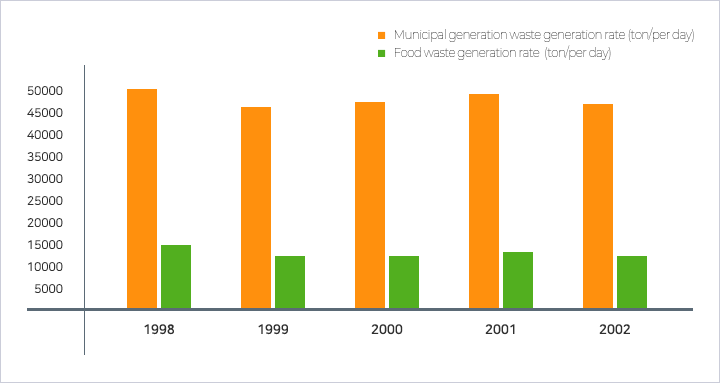

Rate of food waste by discharge sourc
1. Rate of food waste by discharge source

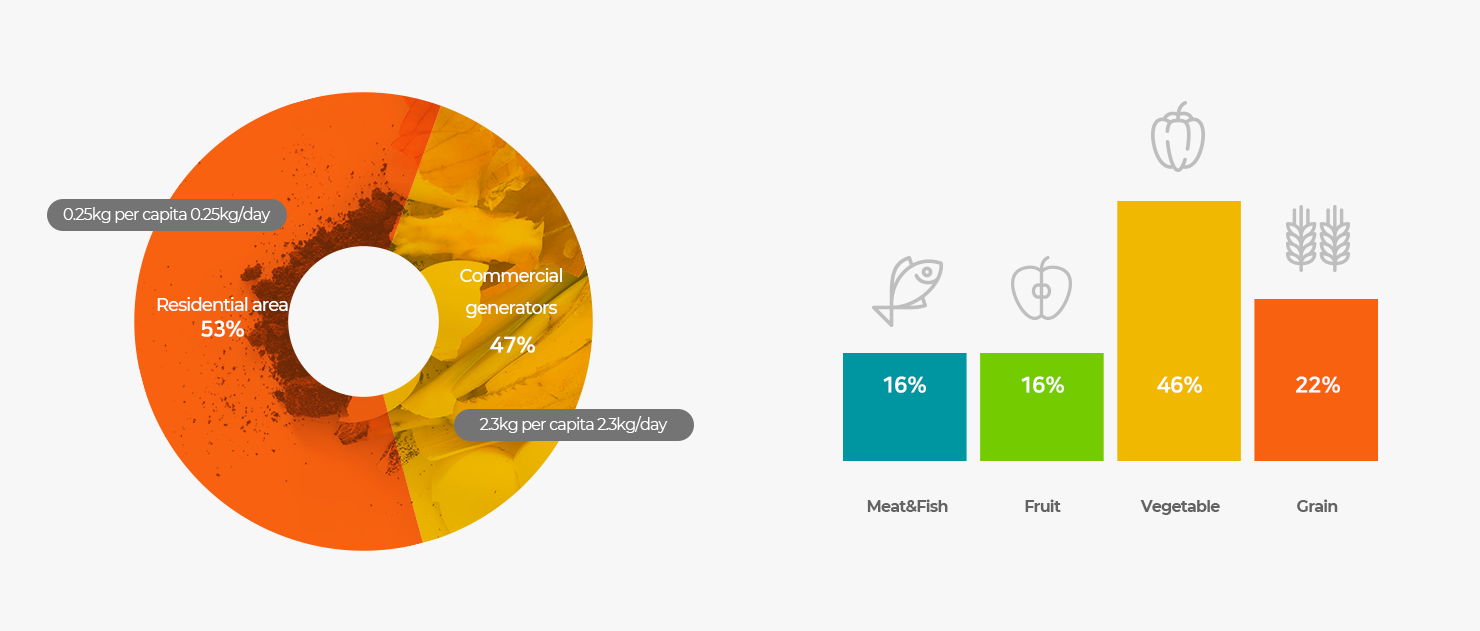
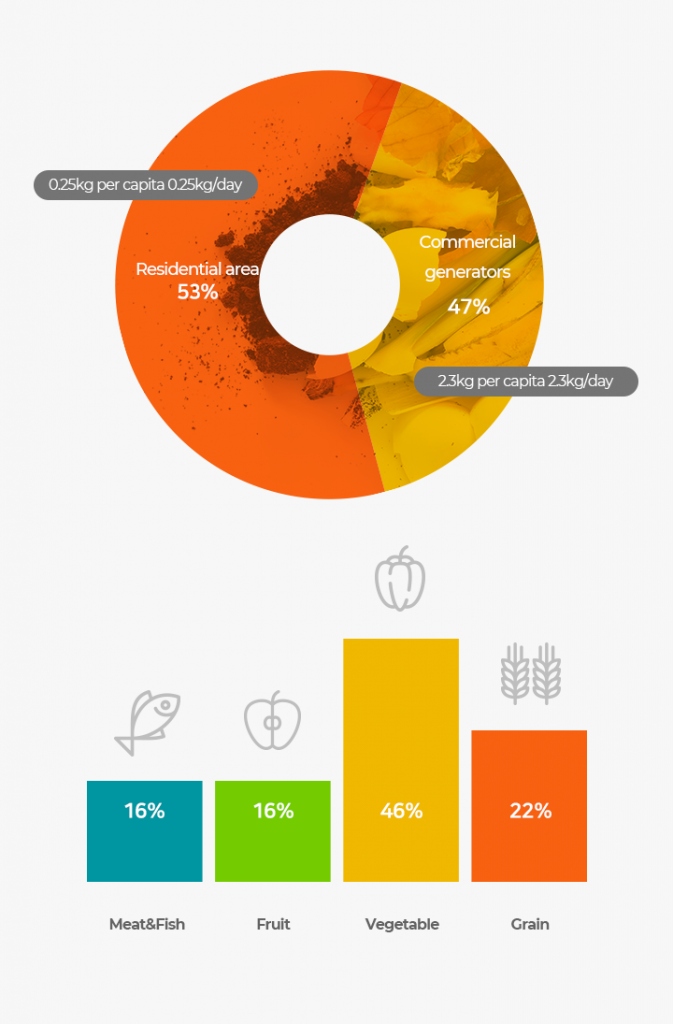
2. Food waste thrown away 12 trillion 7 trillion won per year
(2001, Korea Food Research Institute)

– 400 billion won per year to dispose of food waste
– Korea’s imported agricultural and marine products (approximately 9 trillion won) 1.5 times
– The amount that can be built for more than 70 Sangmam soccer stadiums
– Korea’s imported agricultural and marine products (approximately 9 trillion won) 1.5 times
– The amount that can be built for more than 70 Sangmam soccer stadiums
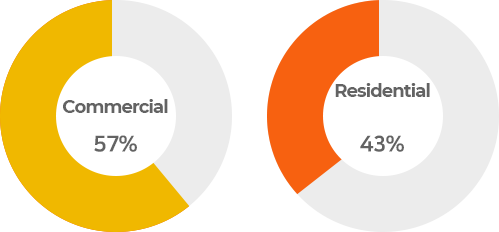
[Total cost of food waste]
Current food waste recycling process
Machine operation
Large-capacity common treatment plant
Private treatment plant
Private treatment plant
Organic fertilizer
(Reliability decreases due to irregular salt content)
(Reliability decreases due to irregular salt content)
·Daily emissions: 11,237 tons
· Excessive initial facility cost and operation cost increase
· Secondary air pollution occurred (civil complaints occurred)
· Secondary water pollution occurs (groundwater and river pollution)
· Secondary air pollution occurred (civil complaints occurred)
· Secondary water pollution occurs (groundwater and river pollution)
Livestock feed
(Erotica due to the input of harmful substances and foreign substances)
(Erotica due to the input of harmful substances and foreign substances)
2nd processing
Landfill·Incineration·Terminal Treatment Plant
(Resource policy change)
(Resource policy change)
현재의 음식물 쓰레기 자원화 처리 과정
Machine operation
·Daily emissions: 11,237 tons

Large-capacity common treatment plant
Private treatment plant
Private treatment plant
·Excessive initial facility cost and operation cost increase
·Secondary air pollution occurred (civil complaints occurred)
·Secondary water pollution occurs (groundwater and river pollution)
·Secondary air pollution occurred (civil complaints occurred)
·Secondary water pollution occurs (groundwater and river pollution)

Organic fertilizer
(Reliability decreases due to irregular salt content)
(Reliability decreases due to irregular salt content)
Livestock feed
(Erotic due to the input of harmful substances and foreign substances)
(Erotic due to the input of harmful substances and foreign substances)
2nd processing
Landfill·Incineration·Terminal Treatment Plant
(Recycling policy change)
(Recycling policy change)
Domestic
– Mass-oriented aerobic and anaerobic resource conversion method (feed, fertilizer)
– ‘Installation of reduction equipment for apartment houses (more than 100 households) established in 1996
– The regulations for the installation of weight loss devices have been deleted as a result of the ’99 revised ordinance.
– ‘Installation of reduction equipment for apartment houses (more than 100 households) established in 1996
– The regulations for the installation of weight loss devices have been deleted as a result of the ’99 revised ordinance.

